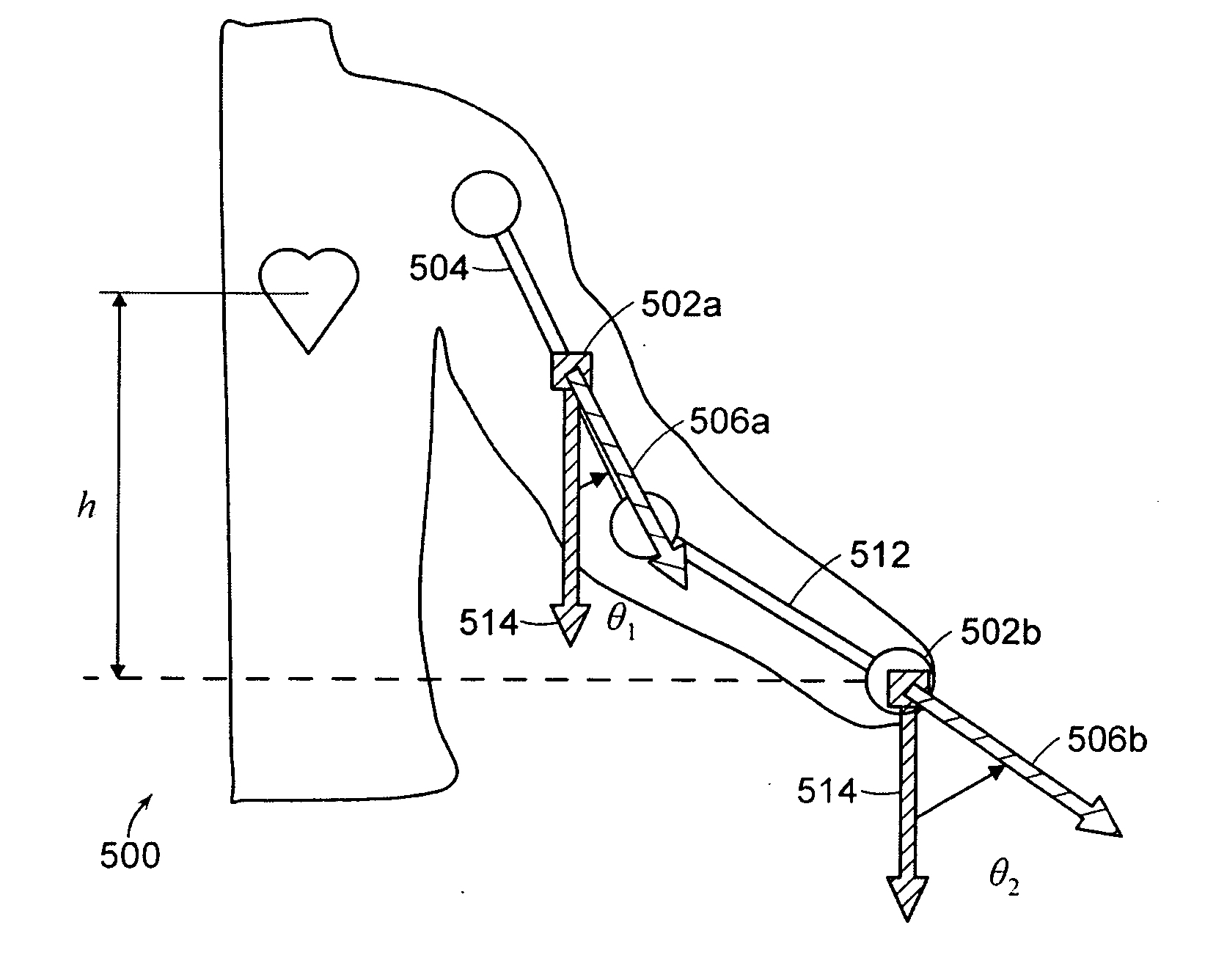Wearable blood pressure sensor and method of calibration
a blood pressure sensor and wearable technology, applied in the field of methods and apparatus for measuring arterial blood pressure, can solve the problems of unpractical long-term patient monitoring of the bulky high-bandwidth actuator, potential side effects of medications, unnecessary changes in both diet and lifestyle of patients,
- Summary
- Abstract
- Description
- Claims
- Application Information
AI Technical Summary
Problems solved by technology
Method used
Image
Examples
Embodiment Construction
[0051] Advantages of the present invention and its several improvements will be seen when the following detailed description is read in conjunction with the attached drawings. These drawings are intended to provide a better understanding of the present invention, but they are in no way intended to limit the scope of the invention.
[0052] Methods and apparatus in accordance with embodiments of the present invention may provide both calibration and measurement and assure accuracy under a diverse range of hemodynamic conditions. A PPG-based signal may be combined with a hydrostatic pressure reference for absolute sensor calibration without the need for a bulky pressure cuff.
[0053] As described in detail below, a novel hydrostatic pressure reference method provides for measurement of the height of the heart relative to the sensor unit. A new method and an apparatus for estimating the vertical distance between the heart and the sensor unit are then presented. Application of the height s...
PUM
 Login to View More
Login to View More Abstract
Description
Claims
Application Information
 Login to View More
Login to View More - R&D
- Intellectual Property
- Life Sciences
- Materials
- Tech Scout
- Unparalleled Data Quality
- Higher Quality Content
- 60% Fewer Hallucinations
Browse by: Latest US Patents, China's latest patents, Technical Efficacy Thesaurus, Application Domain, Technology Topic, Popular Technical Reports.
© 2025 PatSnap. All rights reserved.Legal|Privacy policy|Modern Slavery Act Transparency Statement|Sitemap|About US| Contact US: help@patsnap.com



